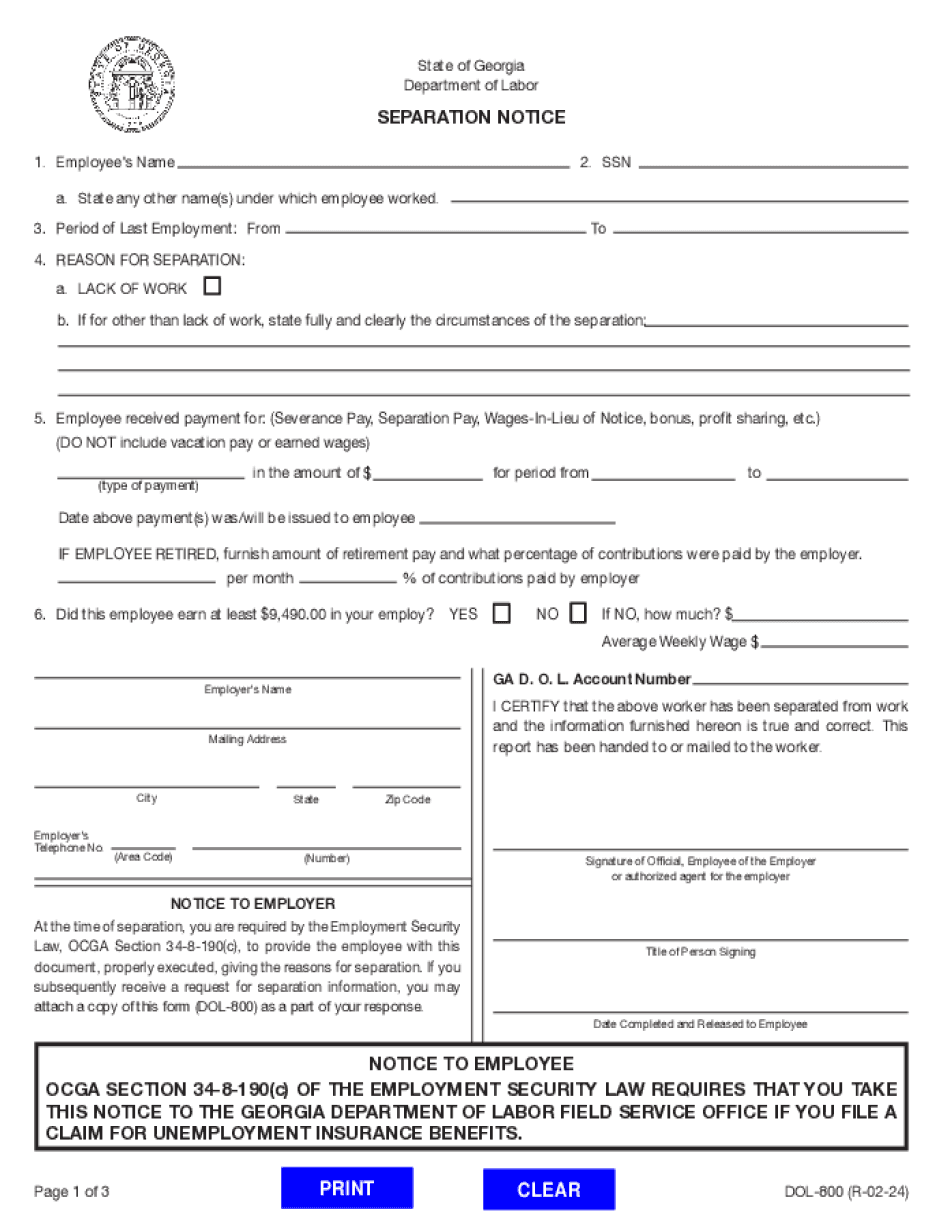Working with your ex and the new rebound can be a really challenging period. It can be one of the toughest things you've ever done, and there are so many people around the world nodding right now, saying, "Yeah, my ex is with a new person, and we all work together. How do I incorporate no-contact?" Believe it or not, if you are in this position, I want to begin by saying, "Holy smokes, I know that this is really painful. I know that this is really challenging, but this is possible. You can incorporate radio silence if you work with your ex and the rebound, but it's gonna require a game face." My name is Coach Natalie, and I'm a relationship life coach, and this is Love Advice TV. If you are a first-time visitor, welcome to the family. This is the channel we've created for you guys at home to help you coach yourselves through whatever struggles or challenges you are facing in your relationship. We release videos like this one every single day to help you have additional resources, everything that you need to get the results that you want in your relationship. This video, in particular, deals with the really challenging topic of "My ex and my rebound work with me. How do I incorporate radio silence no contact?" To start, distance yourself if you are working on-site with your ex and your rebound. Work, right? That's the beauty of this situation. You're working. You have tasks. You have a job. So if you have been chasing a promotion, now is the time to get moving. Now is the time to focus more on your daily workload than on your socializing at work. I know that this is hard because, as anyone would agree, free time is important....
Award-winning PDF software





Separation Notice example Form: What You Should Know
For 2019. 2019 Form 945 — Fill Out and Sign Printable PDF Template ———‐——-——-——–—- -—- -- ‑ 2019 Form 945. Check out how easy it is to complete and design documents online using fillable templates and a powerful editor. Fillable Form 945: Annual Return of Withheld Federal Income (IRS) Apr 5, 2025 — Form 945: Annual Return of Withheld Federal Income (IRS) “Form 945,” and “2019” on your check or money order. Don't send cash. For 2019. 2018 Form 945. Form 945-V — Complete and Sign Printable PDF Form 945-V — Fill Out and Sign Form 945 (Fiscal Year) If you are filing Form 945, fill out and sign the Form 945-V (Fiscal Year) because this form has an extension form on it. You can use Form 945-V, and it works in lieu of filling out Form 945 because the extension form has no line numbers. The extension form has the same extension instructions as the form that you filed: Sign Below. Fill In Below. For more information on Form 945, see: Form 945: Annual Return of Withheld Federal Income Tax (Fiscal Year) For Form 945, see: Form 945-V, the annual return of withheld federal income tax (Fiscal Year) For Form 945-V, see: 2018 Form 945-V If you made deposits on time in full payment of the taxes for the year, you may file on the 2025 fiscal year return.
online solutions help you to manage your record administration along with raise the efficiency of the workflows. Stick to the fast guide to do Ga DOL-800 2005-2025, steer clear of blunders along with furnish it in a timely manner:
How to complete any Ga DOL-800 2005-2025 online: - On the site with all the document, click on Begin immediately along with complete for the editor.
- Use your indications to submit established track record areas.
- Add your own info and speak to data.
- Make sure that you enter correct details and numbers throughout suitable areas.
- Very carefully confirm the content of the form as well as grammar along with punctuational.
- Navigate to Support area when you have questions or perhaps handle our assistance team.
- Place an electronic digital unique in your Ga DOL-800 2005-2025 by using Sign Device.
- After the form is fully gone, media Completed.
- Deliver the particular prepared document by way of electronic mail or facsimile, art print it out or perhaps reduce the gadget.
PDF editor permits you to help make changes to your Ga DOL-800 2005-2025 from the internet connected gadget, personalize it based on your requirements, indicator this in electronic format and also disperse differently.
Video instructions and help with filling out and completing Separation Notice example

